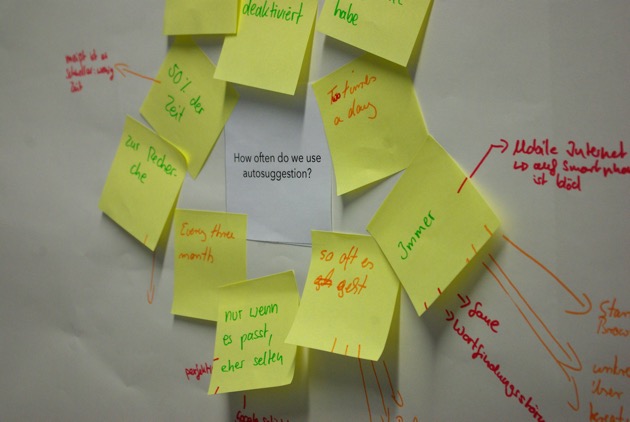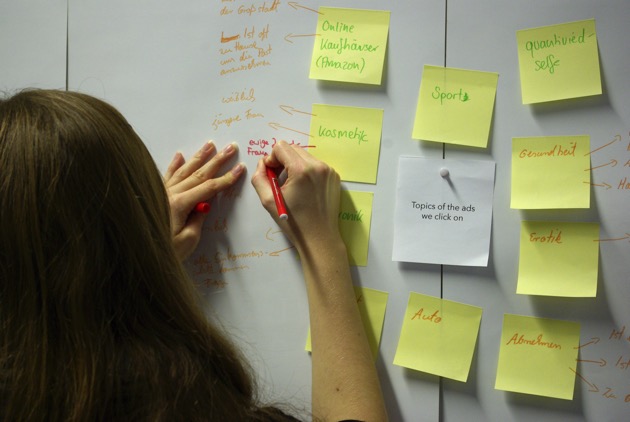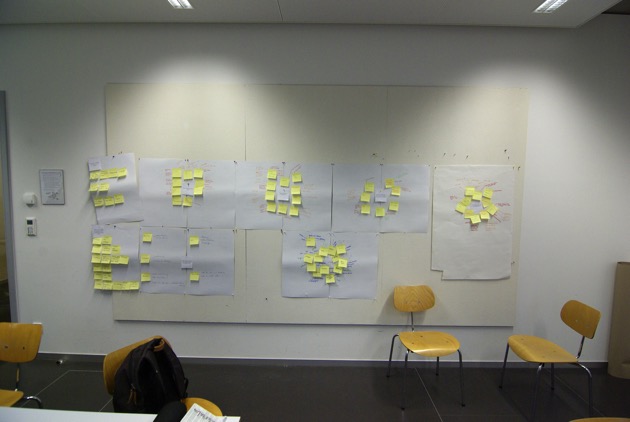Personal knowledge in the age of the networks
What does it mean to us to live among algorithms?
2015 — M.A. Thesis

Initial situation — Nowadays, designers create interfaces and services driven by algorithms that gather information in the networks and discretely filter them for the users. As human knowledge can be defined as the personal habits that define how we perceive and process information, it is a matter of fact that the nature of the digital infrastructure does have an influence on how we form our knowledge.
Approach — I decided in my Masters’s Thesis to investigate human knowledge as I consider it as a valuable concept as a practitioner of human-centered design. In my analysis, I first explored various views of human knowledge originating from disciplines like philosophy, psychology or the history of science as well as the intrinsic quality of our medial environment. Then I undertook a series of interviews probing online habits and aspects of general understanding. Download the theoretical analysis (PDF – 173 pages)
Result — Impressed by the barely remembered knowledge-related principles behind the pictorial statistics method Isotype initiated by Otto Neurath in the 1920s, I investigated how they would nowadays apply. Within this process, I prototyped an exhibition format showcasing the complexity hidden in the digital world as well as how this may influence us and our knowledge.
Process
- Theoretical analysis
- User interviews
- Exhibition concept
- Information architecture
- Sketching
- Poster design
Presented at
- Alexander von Humboldt Institut für Internet und Gesellschaft
- Image Knowledge Gestaltung. An Interdisciplinary Laboratory
Supervised by Prof. Dr. Frank Heidmann and Prof. Dr. Marian Dörk at the University of Applied Sciences Potsdam, Germany



